
Official Edgar Rice Burroughs Tribute and Weekly Webzine Site Since 1996 ~ Over 15,000 Web Pages in Archive Presents Volume 4017 |

Official Edgar Rice Burroughs Tribute and Weekly Webzine Site Since 1996 ~ Over 15,000 Web Pages in Archive Presents Volume 4017 |
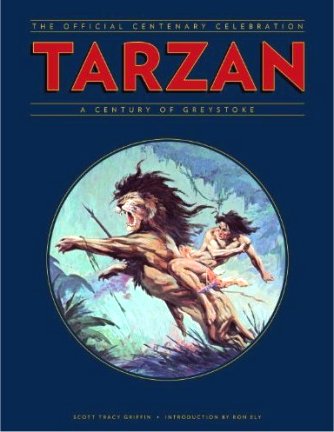 |
 |
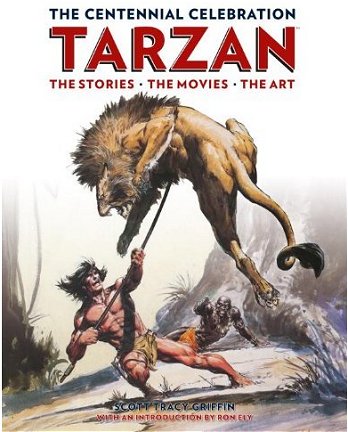 |
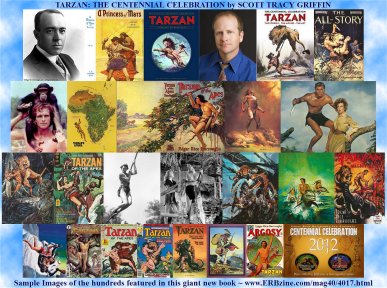
|
Since its relase in 2012 there has been an ongoing flurry of positive reviews for
TARZAN: THE CENTENNIAL CELEBRATION It has proven to be a "must-have" reference for researchers, fans and collectors The reviews such as these 2025 ones from THE PULP SUPER-FAN and the YouTube video by Michael K. Vaughan https://thepulp.net/pulpsuperfan/2025/01/27/tarzan-the-centennial-celebration/ A nice coffee table book that came out from Titan Books in 2012 is Tarzan: The Centennial Celebration. It’s subtitled “The Stories, The Movies, The Art.” Written by Scott Tracy Griffin, it has an intro by the late Ron Ely. So we start off with Tarzan in the pulps, and then we move into separate chapters for each of the Tarzan novels. Along with those chapters are little sidebar articles on various related topics. These can include Korak, Jane, the Mangani, and various characters and aspects of Tarzan and his stories. After the novels, we get the children’s novels. This then moves into Tarzan in other media, including comic strips, comicbooks, and radio. We get pretty good coverage of the movies, with chapters focused on different eras of the movies. There is a look at Tarzan on TV and stage. Then we get into more esoteric areas. This includes Tarzana, Edgar Rice Burroughs‘ personal life, fanzines and conventions, collectibles, and more. We do get a chapter covering Burroughs’ other fantastical works. And there is a basic bibliography of his work. And, finally, there is a nice chapter on further reading. In going over this work, I really couldn’t see much I could criticize. I think the only thing I would have liked to have seen is in the section on fanzines. We never get to see pictures of any of these publications. I thought that was an oversight. If you are more than a
passing fan of Tarzan, I would recommend getting this book. It’s still
readily available. I actually picked up a used copy for a reasonable
amount and am glad I did.
 Reviews of Griffin's follow-up book have generated much of the same excitement  https://www.youtube.com/watch?v=C4-AF3eKk2E&t=9s |
|
TARZAN OF THE APES (1918)
www.erbzine.com/mag5/0503.html THE ROMANCE OF TARZAN www.erbzine.com/mag5/0504.html THE SON OF TARZAN: SERIAL and FEATURE FILM www.erbzine.com/mag5/0589.html THE ADVENTURES OF TARZAN www.erbzine.com/mag5/0590.html TARZAN AND THE GOLDEN LION www.erbzine.com/mag5/0591.html TARZAN AND THE GOLDEN LION: Photoplay Edition www.erbzine.com/mag4/0496.html TARZAN THE MIGHTY www.erbzine.com/mag5/0592.html TARZAN THE APE MAN www.erbzine.com/mag6/0611.html TARZAN THE FEARLESS www.erbzine.com/mag5/0595.html TARZAN AND HIS MATE www.erbzine.com/mag6/0615.html ERB FILM PRODUCER www.erbzine.com/mag2/0287.html NEW ADVENTURES OF TARZAN www.erbzine.com/mag5/0584.html TARZAN ESCAPES www.erbzine.com/mag6/0618.html TARZAN FINDS A SON! www.erbzine.com/mag6/0620.html TARZAN'S SECRET TREASURE www.erbzine.com/mag6/0621.html TARZAN'S NEW YORK ADVENTURE www.erbzine.com/mag6/0622.html TARZAN TRIUMPHS www.erbzine.com/mag6/0623.html TARZAN'S DESERT MYSTERY www.erbzine.com/mag6/0624.html TARZAN AND THE SLAVE GIRL www.erbzine.com/mag19/1950.html www.erbzine.com/mag19/1950a.html TARZAN'S PERIL www.erbzine.com/mag19/1951.html TARZAN'S SAVAGE FURY www.erbzine.com/mag19/1952.html TARZAN AND THE SHE-DEVIL www.erbzine.com/mag19/1952.html TARZAN AND THE AMAZONS www.erbzine.com/mag6/0625.html TARZAN AND THE LEOPARD WOMAN www.erbzine.com/mag6/0626.html TARZAN AND THE HUNTRESS www.erbzine.com/mag6/0627.html TARZAN AND THE MERMAIDS www.erbzine.com/mag6/0628.html |
|
|

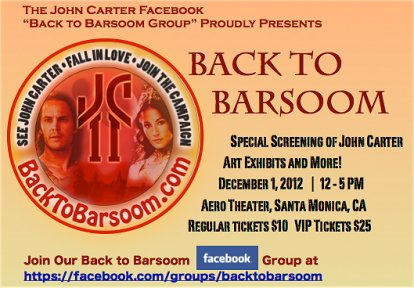
|
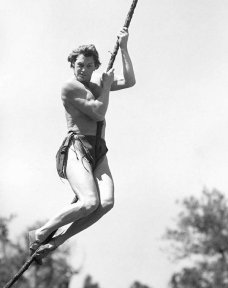 |
|
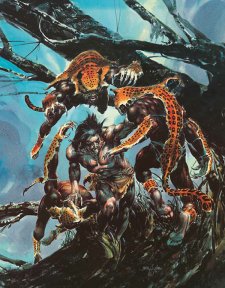 |
|
|
|
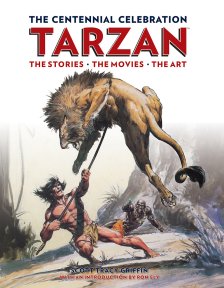 |
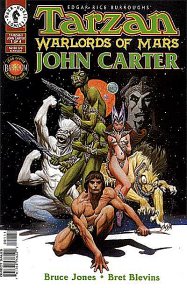 |
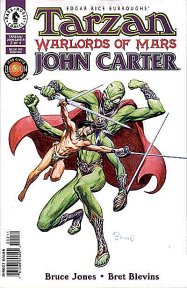 |
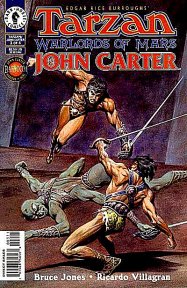 |
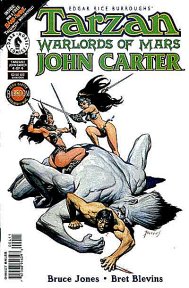 |
 |
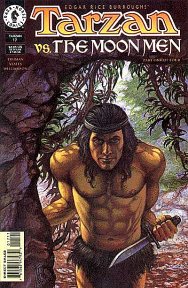 |
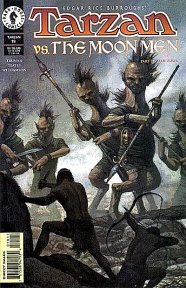 |
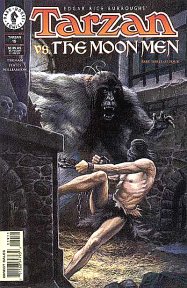 |
 |
|
|
|
TARZAN: THE CENTENNIAL CELEBRATION by Scott Tracy Griffin Heyguys.co.uk ~ November 8, 2012 Each of the original novels and Tarzan’s many varied appearances on stage, screen and in print receives a detailed commentary, illustrated with beautiful artworks, illustrations and photographs, many rarely seen in print before. The book is compiled by Scott Tracy Griffin and features an introduction by Tarzan screen great, Ron Ely. It’s available now and I urge you to check it out. You can order your copy here. Below are a collection of images from the boom which Titan have kindly given to us to share with you all. This will give you a great insight into what you can expect from the book itself. Tarzan Centennial is out now published by Titan Books. |
|
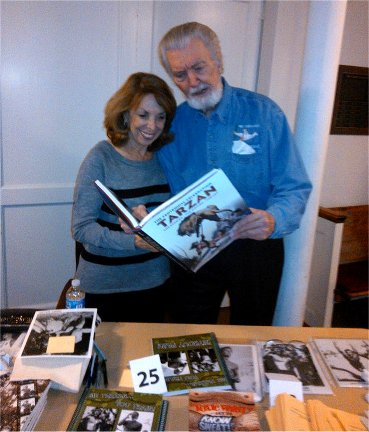 |
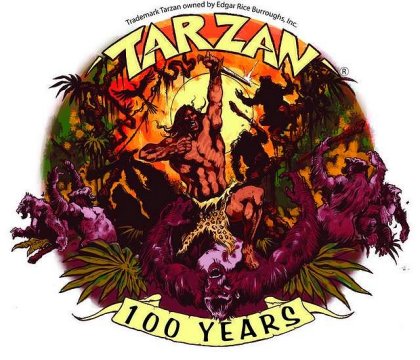 |
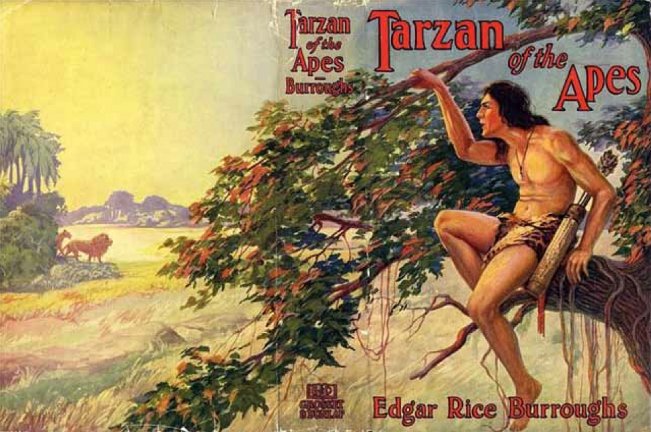
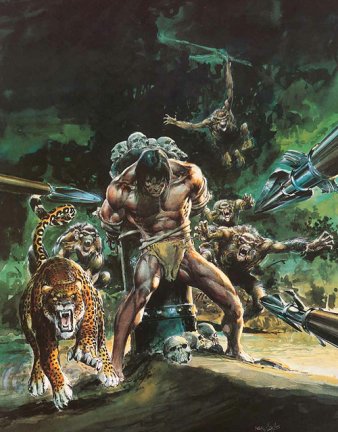 .
.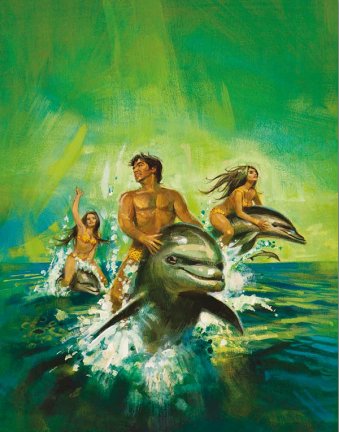
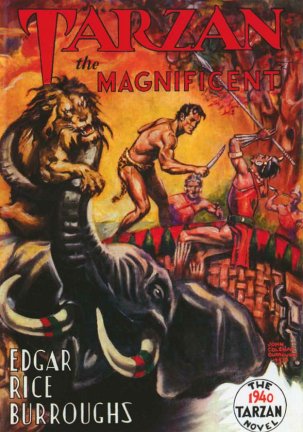 .
.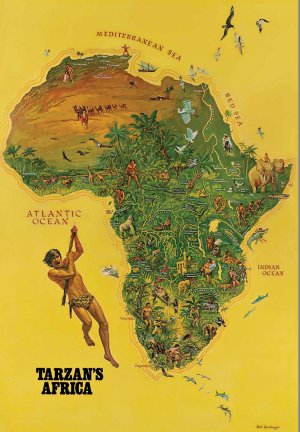
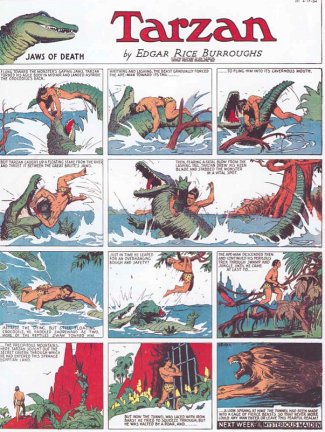 .
.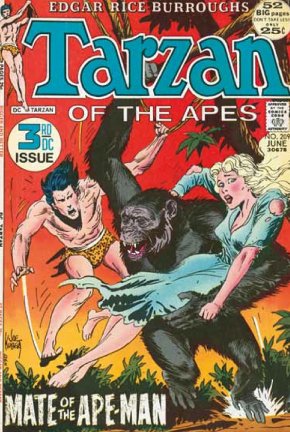
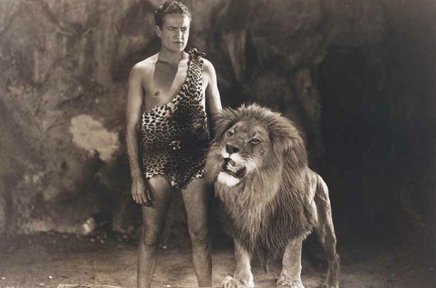 .
.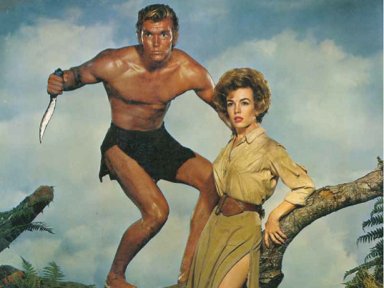
![]()
MORE REVIEWS
Pretty
Clever Films
![]()
LIMITED EDITION
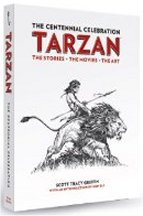 |
Collectible Limited Run Special Edition with Slipcase and Signed Tip-in Sheet [Hardcover] Scott Tracy Griffin (Author), Ron Ely (Editor), John Burroughs (Illustrator) This collectable limited run special edition comes with a signed tip-in sheet by Edgar Rice Burroughs' grandson - John R. Burroughs. Amazon.com |
![]()
![]()
![]()
![]()

![]()
BILL
HILLMAN
Visit
our thousands of other sites at:
BILL
and SUE-ON HILLMAN ECLECTIC STUDIO
ERB
Text, ERB Images and Tarzan® are ©Edgar Rice Burroughs, Inc.-
All Rights Reserved.
All
Original Work ©1996-2012/2014/2025 by Bill Hillman and/or Contributing
Authors/Owners
No
part of this web site may be reproduced without permission from the respective
owners.